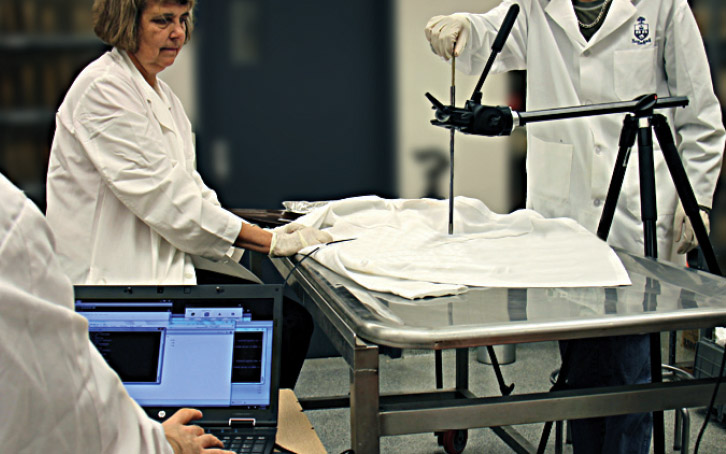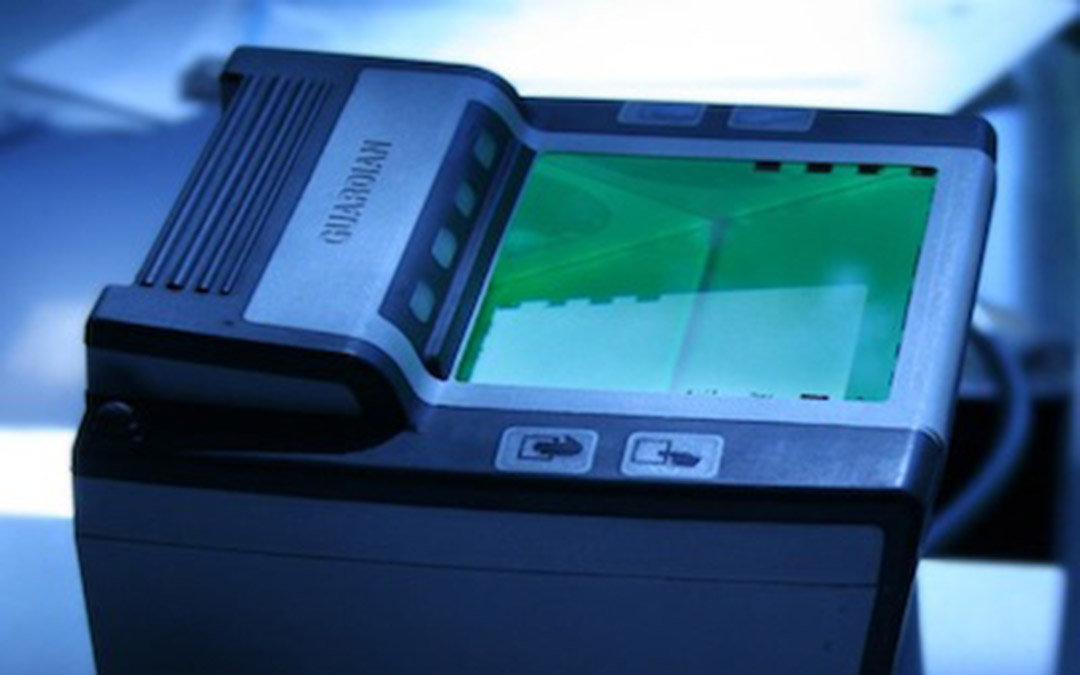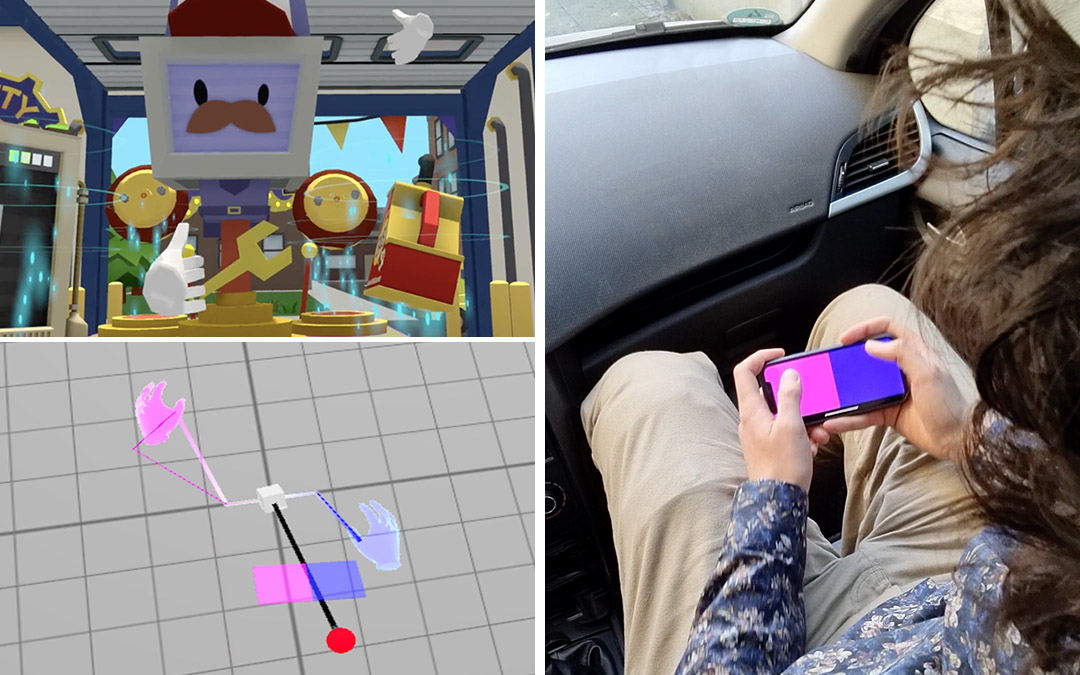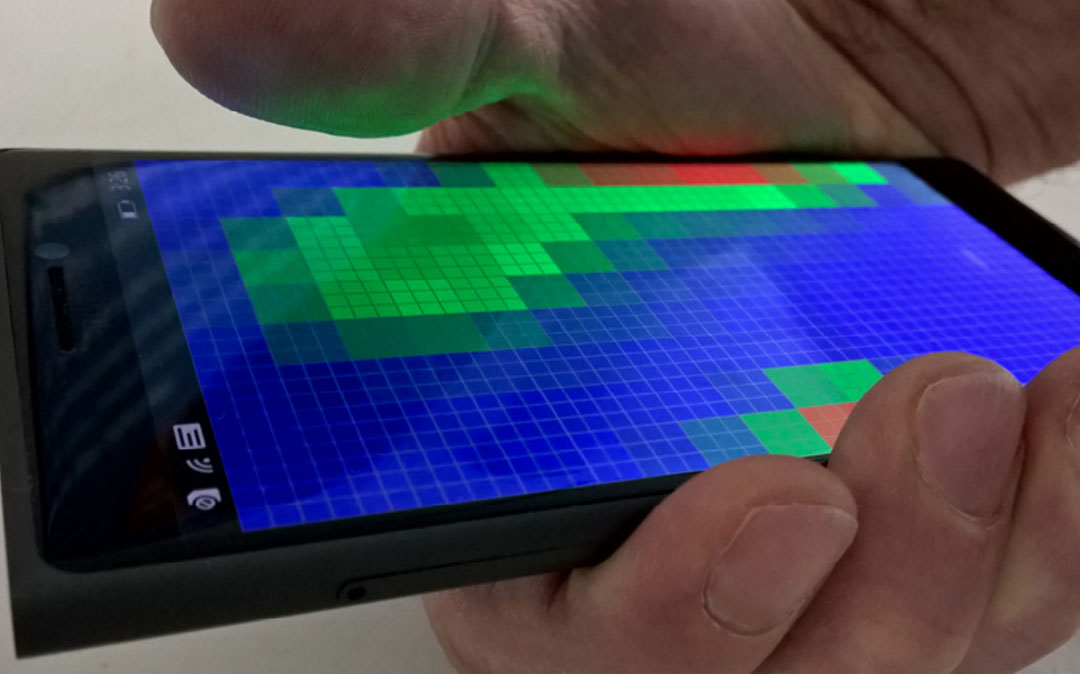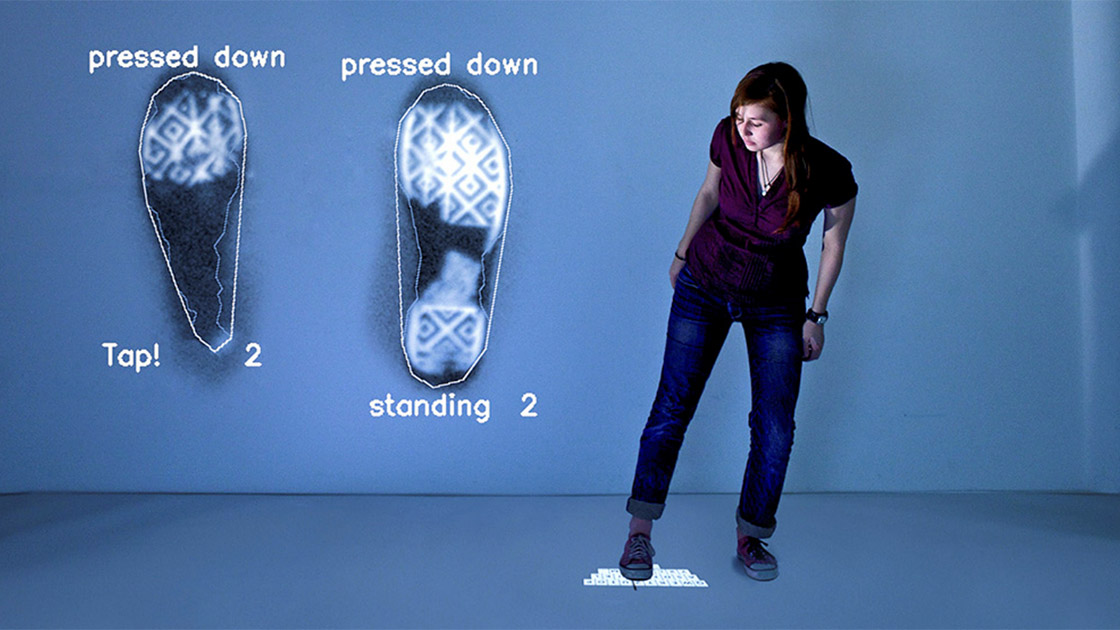Imaginary Phone
Learning Imaginary Interfaces by Transferring Spatial Memory from a Familiar Device
ACM UIST 2011Abstract
We propose a method for learning how to use an imaginary interface (i.e., a spatial non-visual interface) that we call “transfer learning”. By using a physical device (e.g. an iPhone) a user inadvertently learns the interface and can then transfer that knowledge to an imaginary interface. We illustrate this concept with our Imaginary Phone prototype. With it users interact by mimicking the use of a physical iPhone by tapping and sliding on their empty non-dominant hand without visual feedback. Pointing on the hand is tracked using a depth camera and touch events are sent wirelessly to an actual iPhone, where they invoke the corresponding actions. Our prototype allows the user to perform everyday task such as picking up a phone call or launching the timer app and setting an alarm. Imaginary Phone thereby serves as a shortcut that frees users from the necessity of retrieving the actual physical device. We present two user studies that validate the three assumptions underlying the transfer learning method. (1) Users build up spatial memory automatically while using a physical device: participants knew the correct location of 68% of their own iPhone home screen apps by heart. (2) Spatial memory transfers from a physical to an imaginary interface: participants recalled 61% of their home screen apps when recalling app location on the palm of their hand. (3) Palm interaction is precise enough to operate a typical mobile phone: Participants could reliably acquire 0.95cm wide iPhone targets on their palm—sufficiently large to operate any iPhone standard widget.
Video
Reference
Sean Gustafson, Christian Holz, and Patrick Baudisch. Imaginary Phone: Learning Imaginary Interfaces by Transferring Spatial Memory from a Familiar Device. In Proceedings of ACM UIST 2011.
